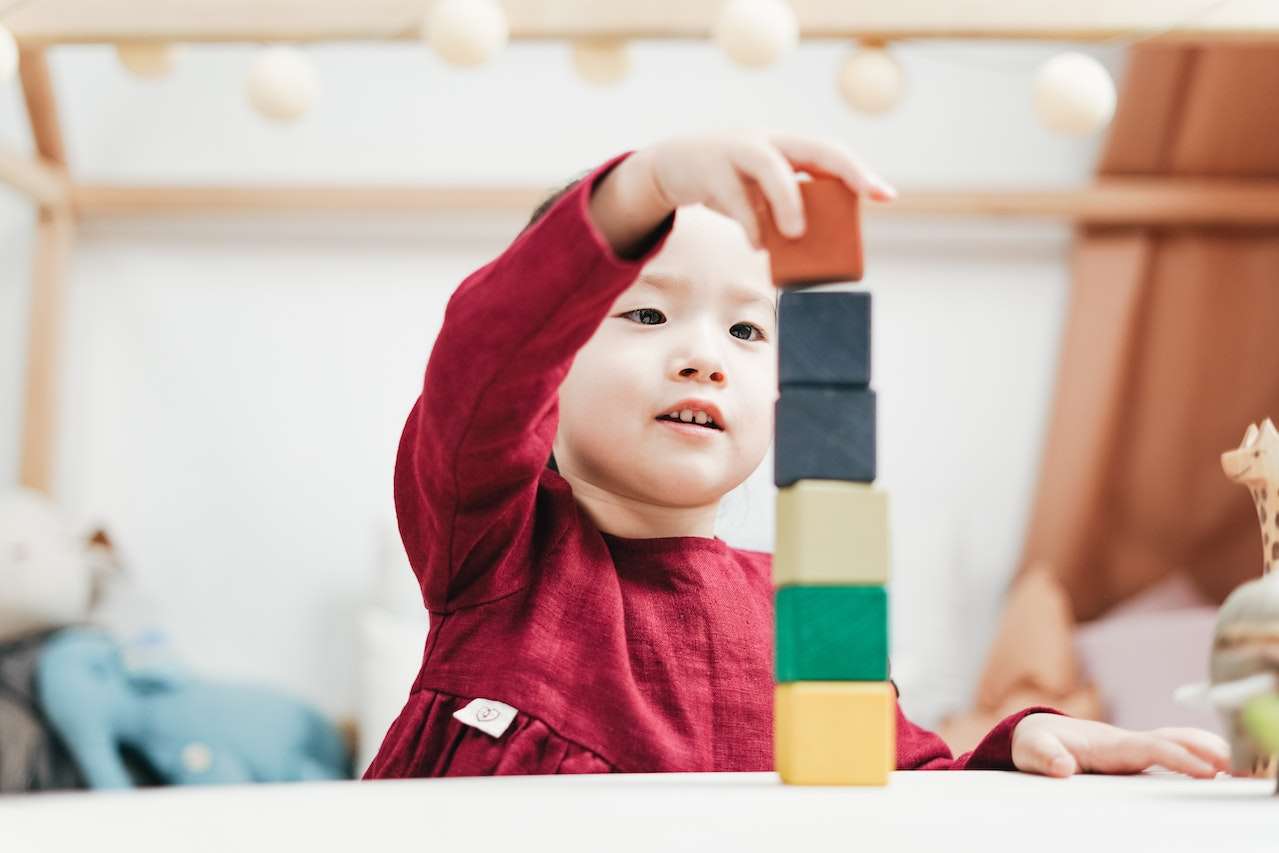Being parents is never an easy journey. Parents want to give their children the best of everything possible. Their education is no different. Choosing the right school for your child is an arduous process.
With so many public and private institutions operating, it is a tough choice for parents.
Many parents choose one of these schools without being aware of the educational models behind them. Every school has its framework and follows different approaches to the development of the children.
But two educational philosophies that are popular and unique, especially for elementary students, are Montessori and Waldorf schools.
Before sending your little learners into early childhood education, you must understand the different teaching methods. It will help you decide the best one for your child based on his needs.
Do you know the difference between Montessori and Waldorf teaching methods?
Read on to fully understand both forms of education and their similarities and differences.
What is Montessori?
Montessori is a scientifically based education approach that guides children to learn by exploring their surroundings and hands-on activities.
Dr. Maria Montessori, an Italian physician, developed the Montessori philosophy which is the basis of the Montessori method of education. She believed that young children need more stimulation and interaction in school.
Children are more receptive in the initial years of their childhood. Hence, children are encouraged to realize their full potential by working in groups and individually through imaginative play.
The main features of Montessori are:
1) Student-centric approach
In a Montessori, children direct the learning. Maria Montessori believed that children learn best through play. Children are allowed to choose activities according to their interests. Teachers observe and guide them in their activities.
2) Self-directed and hands-on learning
Children are encouraged to play individually with the toys of their choice. Montessori focuses on concrete learning through blocks, pink towers, and other Montessori materials.
3) Freedom and imaginative play
In Montessori classrooms, students are free to choose activities and learning materials.
Teachers do not interfere in the learning process. They provide guidance and encourage children in activities that spark their interest.
Children are free to move around in the classroom and interact with their peers while working on their tasks.
4) Learning practical life skills with natural materials
Children learn life skills like eating their meals, washing their hands, dressing up, and cleaning their toys through play.
They use real kitchens, child-sized furniture, and utensils in the Montessori classroom.
5) Collaborative learning in a mixed-age classroom
The Montessori educational system divides children into three-year spans. From ages 12-15 years, 7-11 years, and 3-6 years.
6) Uninterrupted work time
Children get an uninterrupted environment where they perform different activities without any distractions. It helps them to pursue their chosen work for long periods.
7) Holistic development
Montessori grooms children in cognitive, emotional, social, and physical development.
Children learn about their sense of self and values, like, they take care of themselves, each other, and their environment.
What is Waldorf?
In 1919, Rudolf Steiner founded the Waldorf School in Stuttgart, Germany.
He believed that children tend to absorb more information at specific stages of life and are better suited to different levels of awareness and learning.
Therefore, the creative minds of children need to be cultivated instead of just teaching facts.
The Waldorf method focuses on the stages of child development and emphasizes the importance of the arts and imagination. Features of Waldorf education include-
1) Student-centric approach
Teachers choose the curriculum keeping in mind the student’s engagement in Waldorf.
Children do not learn a preconceived curriculum that fits all. They have the freedom to work in extensive areas and pursue their interests.
2) Beyond academics
Waldorf does not focus just on academics for children up to grade 3. It aims to educate the children, completely immersing them in their heads, heart, and hands.
Teachers strive to develop skills for thinking, feeling, and understanding in children.
3) Creativity and arts
Waldorf education infuses arts and music into its curriculum. Academics are taught through artistic media, including stories, visual arts, dance, music, and crafts.
4) Imaginative learning
Imaginative play is encouraged in Waldorf with toys and other art materials.
Children also spend time playing outdoors, which develops their social skills.
5) Practical life skills
Students participate in concrete and experiential learning in Waldorf. They perform different practical tasks, like cooking, cleaning, gardening, and other skills like woodwork, handwork, and sewing.
6) Focus on Nature
Children play with natural materials and learn to appreciate nature. Outdoor and environmental education is given importance in the Waldorf method.
Similarities between Montessori and Waldorf education
Now that you understand the Montessori and Waldorf systems of education, let us know the similarities between them.
1) Focus on practical life skills and creativity
Montessori and Waldorf education are the most popular education systems in the world. They give importance to the holistic development of children.
Children learn through play using their senses. Creativity and imaginative play are encouraged in both philosophies.
Montessori and Waldorf emphasize the development of a child as a whole by learning from real-life experiences and developing the right character traits and values in life.
Their education systems focus on meeting the needs of a child, believing that this will lead to meeting the needs of society as a whole.
2) Phases of childhood development
Both categorize the different phases of childhood development similarly.
Waldorf terms it as stages of development, and Montessori refers to it as planes of development.
The approach and methods are based on the phases of development in children.
3) Well-researched and flexible curriculum
Montessori and Waldorf education do not follow any customized curriculum.
Students can choose their activities and tasks, and the teacher guides them in performing the tasks. They work at their own pace without any pressure from teachers.
4) Use of natural play materials
Both educational systems use natural and environment-friendly materials for children to play and learn.
Their belief in less is more led to fancy toys and modern technology like computers and television getting replaced with materials that spark imagination and creativity in children.
Battery-operated toys and gadgets do not aid in brain development and provide less scope for creativity.
5) Hands-on concrete learning
Children are encouraged in hands-on activities. Montessori and Waldorf focus on concrete learning through various activities using natural materials.
Children are not burdened with academics until seven years of age.
6) Calm and flexible environment
Children learn in a calm and peaceful environment. Both Montessori and Waldorf allow free movement of students around the classroom, work independently or in groups, and pursue their interests.
Teachers do not stress the children with lectures. They allow children to choose activities of their interest and perform.
Although there are many similarities between Montessori and Waldorf education, there are stark differences between them in their approach to education.
Differences between Montessori and Waldorf education
1) Age groups
Montessori has children grouped in three-year ranges. Infants – less than three years, preschoolers – 3-6 years, Elementary – 7-11 years, Secondary – 12-15 years.
Children in the same age group have the same teacher, and after learning specific skills, they move to the next age group.
Waldorf education, on the other hand, groups children in same-age groups from first grade through eighth grade.
They learn from the same teacher. In high school, they learn from experts in their fields.
2) Methods
In the Montessori method, children learn individually from teachers or sometimes from their peers as they learn in mixed-age classrooms. The teacher guides the children in choosing the activities of their interest.
The Waldorf method follows the traditional process, with the teacher teaching the whole class with students seated. All the students learn from the learning materials and lesson plans traditionally together in the class. The curriculum taught is chosen by the teachers.
3) Role of the teacher
The Montessori educational methods are children-centric. The teacher observes and guides the children in activities of their choice and redirects them when required.
The Waldorf group of educational methods are teacher-centric. Teachers choose the curriculum and activities with the engagement of students in mind. They teach formal lessons with children seated in the classroom.
4) Curriculum
Waldorf schools usually do not introduce core academics formally to children below seven years of age. They incorporate storytelling, art, music, dance, and visual arts in the lessons.
Montessori focuses on real-life experiences by providing opportunities through real work such as cooking, cleaning, and caring for themselves, each other, and the environment.
It incorporates appropriate language, math lessons, and science lessons into games and work.
They have a bit more structured curriculum as compared to Waldorf schools.
5) Fantasy and Imagination
Although play and imagination are parts of the learning process in Montessori and Waldorf education, they follow different approaches to incorporating the same.
Montessori emphasizes the real world. It encourages imagination through real-life activities in age-appropriate tasks, tending to each other and nature to the children in the first six years. The focus is more on practical life and academic skills in Montessori.
The activities are described as work in Montessori as children are perceived as individual adults and treated with respect.
The Waldorf education focuses primarily on fantasy and pretend play. They incorporate storytelling and imaginative activities into the curriculum.
Which is better for your child – Montessori or Waldorf education?
Now that you have understood Montessori and Waldorf philosophies, are you in a dilemma about which one will work best for your child?
Both systems have a lot to offer the children and provide a respectful and accepting environment to children of all abilities.
However, it is best to follow the interest and needs of your child before introducing him to Montessori or Waldorf education.
If your child gets bored, enjoys stimulation and critical thinking, and takes a keen interest in academics, Montessori will be a good choice. It helps your child to be independent and develop social skills.
If your child enjoys imaginative play and arts, storytelling, and poems and needs a teacher to lead, he can benefit from the longer teacher-student relationship in Waldorf.
Both learning environments develop and nurture your child and groom him into a responsible individual in society.


